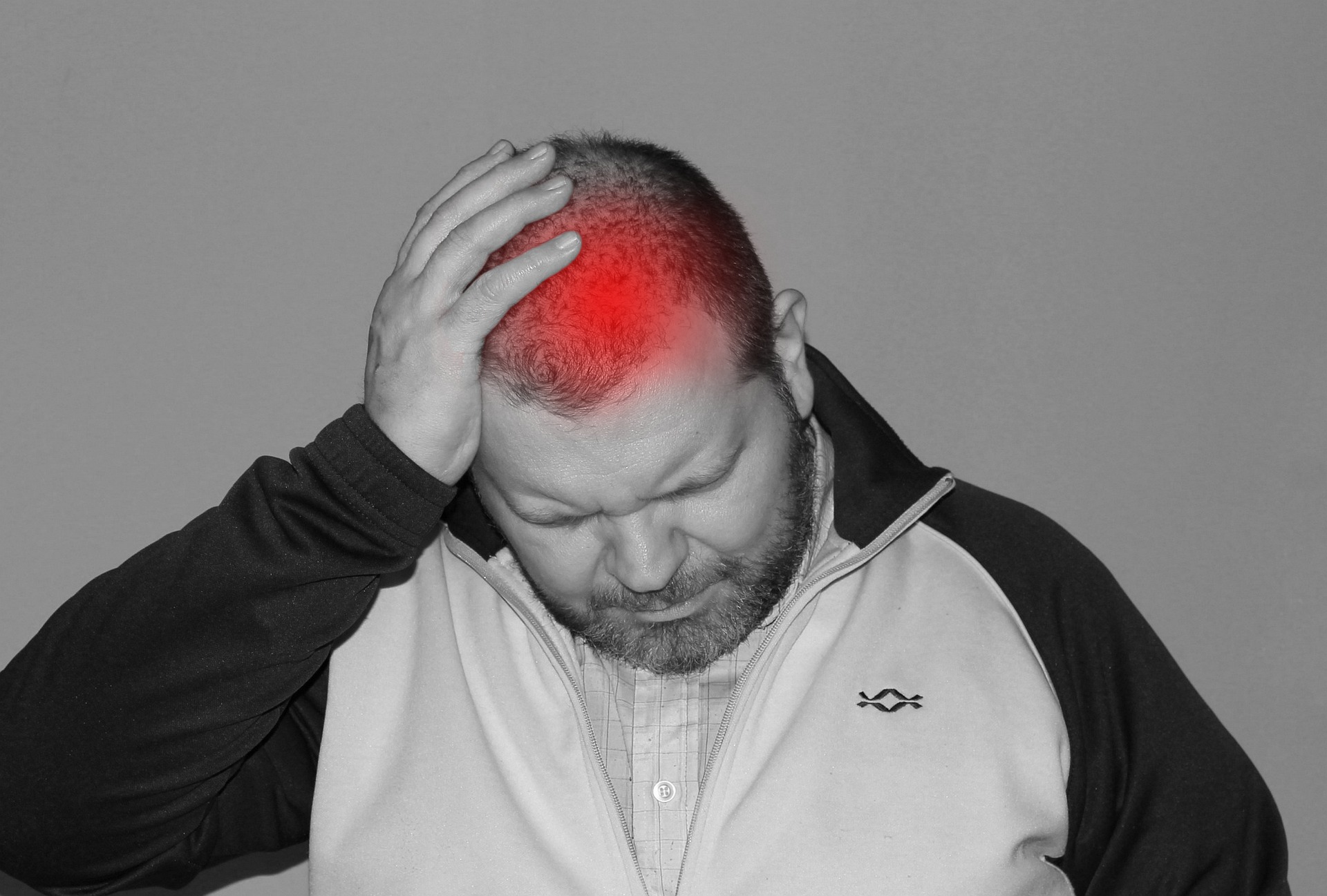News release
From:
HEADACHES IN EMERGENCY: TREATMENT GUIDELINES NOT ALWAYS FOLLOWED
EVIDENCE-based guideline recommendations for the treatment of primary headache in emergency departments are not always followed, according to research published today by the Medical Journal of Australia.
Associate Professor Kevin Chu, an emergency physician at the Royal Brisbane and Women’s Hospital and the University of Queensland, and colleagues analysed Australian and New Zealand data from the HEAD (Epidemiology, investigation, management, and outcome of headache in emergency departments) study to examine the types of drugs administered to people presenting to emergency departments (EDs) with primary headache.
Of 1521 people for whom data was available, prior to arrival at the ED, 600 had self-medicated with non-opioid analgesics (39%) and 177 with opioids (codeine, oxycodone, tramadol) (12%).
“Ambulance staff had provided non-opioid analgesics to 94 of 382 patients (25%), opioids to 96 (25%; most frequently fentanyl [60, 16%] or morphine [31, 8%]), and anti-emetics to 139 (36%),” Chu and colleagues reported.
“In the EDs, non-opioid analgesics were administered to 1036 people (68%), opioids to 495 (33%; most frequently oxycodone [224, 15%] or codeine [214, 14%]), anti-dopaminergic agents to 478 (31%), ondansetron to 321 (21%), chlorpromazine (infused) to 281 people (18%), and triptans to 46 patients (3%).”
Chu and colleagues wrote that opioids were more frequently provided in the ED to people with moderate or severe rather than mild headache, those with prolonged headache (duration longer than three days), and people who used an opioid before arriving at the ED.
“Other drugs were used in combination with an opioid in 464 of 495 cases (94%), but not a guideline-recommended anti-migraine medication (anti-dopaminergic, chlorpromazine, triptan) in 240 of 495 cases (48%),” they wrote.
“Ondansetron, a medication without proven anti-migraine effects, was given more frequently than an anti-dopaminergic to relieve nausea or vomiting.”
For those with a history of migraine, triptans were given infrequently in the ED, usually to people with a history of migraine, “possibly because triptans are regarded as effective only when taken early in headache onset”, Chu and colleagues reported.
“Subcutaneous sumatriptan, however, is recommended by Australian guidelines for intractable migraine (longer than 72 hours) and by the American Headache Society for eligible migraineurs seeking help in the ED.
“ED practice changes to better reflect guideline recommendations could include using parenteral prochlorperazine or metoclopramide rather than ondansetron in people with primary headache pain and vomiting, improving hospital opioid stewardship to avoid overuse of opioids, providing subcutaneous triptans to eligible migraineurs, and considering subcutaneous triptans or intravenous chlorpromazine as initial treatment options for moderate to severe migraine in a stratified care approach,” Chu and colleagues concluded.
All MJA media releases are open access and can be found at: https://www.mja.com.au/journal/media
Please remember to credit The MJA.
The Medical Journal of Australia is a publication of the Australian Medical Association.
The statements or opinions that are expressed in the MJA reflect the views of the authors and do not represent the official policy of the AMA or the MJA unless that is so stated.



 Australia; New Zealand; VIC; QLD
Australia; New Zealand; VIC; QLD



